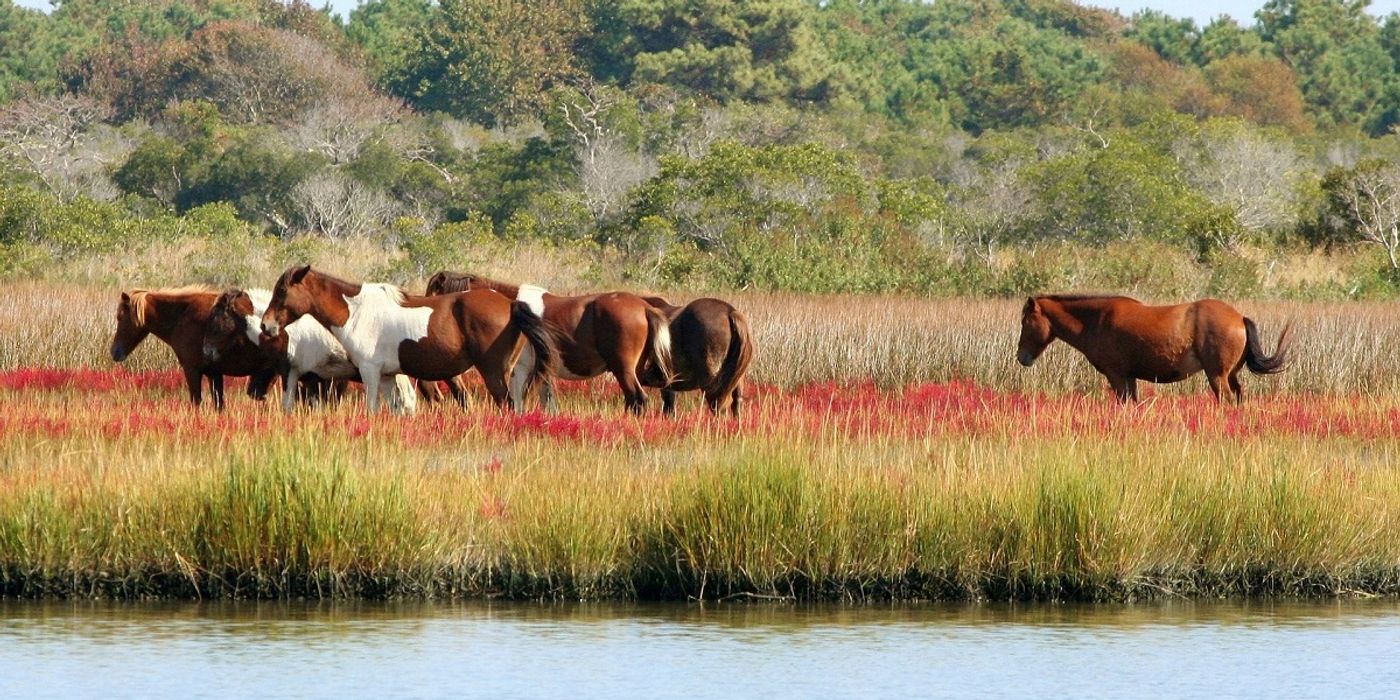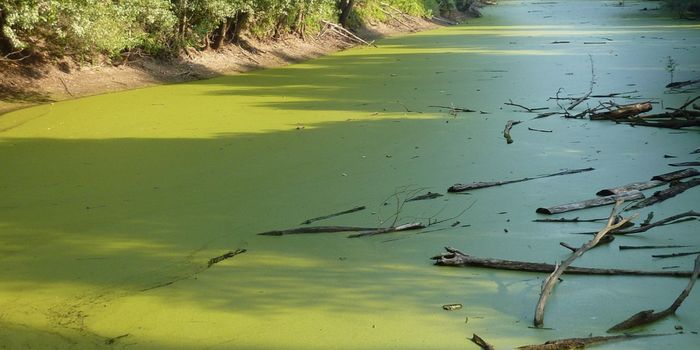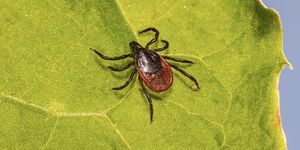As Above, So Below: Restoring Wetlands and Mapping Watersheds
Water is essential for all life on earth, and much of it is stored in wetlands. Biodiversity is high in wetlands, often supporting numerous rare plant and animal species. Wetlands provide free water treatment by collecting soils and absorbing harmful chemicals from the water into plants. Wetlands also offer flood control by storing water and providing water-loving plants to soak up water. However, in the last century, our wetlands have been disappearing at an alarming rate.
In addition to the changes in climate, we are altering the flow of water on the land by changing land use, damming streams, filling wetlands, and clearing land for agriculture. This affects our recreation opportunities, drinking water quality, irrigation availability, and the levels of flooding damage we endure.
Installing dams in river systems is one of the most common major disruptions to natural water flow we have created. The channelization of streams, the loss of wetlands, and the breakage of connectivity between water systems all follow the installation of a dam. These problems were all previously solved by wetlands, which offer immense value in ecosystem services that have long been overlooked.
Animal agriculture can also be a problem to wetlands and water bodies, as studies show that ranging by horses, cattle, and sheep can cause degradation of meadows and other riparian ecosystems through feeding and trampling of native vegetation.
To improve our water, and make our environment more stable, we must return much of our land to its natural state, or at least partially implement natural conditions. However, this may be easier said than done. Mapping the flow of water can be incredibly difficult when much of our water flows underground. In order to help with the challenges of mapping watersheds, computer modeling has become a very efficient tool. Scientists are constantly creating new and more complex and accurate models. Quantifying the changes in water retention and flow helps incentivize better management practices.
Many places are removing dams and adding bends to rivers to restore natural water flows, which helps reduce erosion, improve habitat connectivity for aquatic species, and improve water quality by giving plants more time to absorb and break down chemicals. Governments also offer significant benefits to farmers who implement good agricultural practices like wetland retention, planting of perennial grasslands, and cover cropping. This helps to mitigate some of the destructive effects of agricultural grazing and planting. Studies show that using conservation practices like these optimize hydrologic resiliency, which is imperative for sustaining our food production and ecosystem services.
With help from all different industries and support from the general public, we can contribute to the restoration and protection of our wetlands and waterways.
Sources: American Society of Civil Engineers, Journal of Hydrology, Journal of Wildlife Management, Louisiana State University, Agricultural Water Management, American Rivers, USDA









